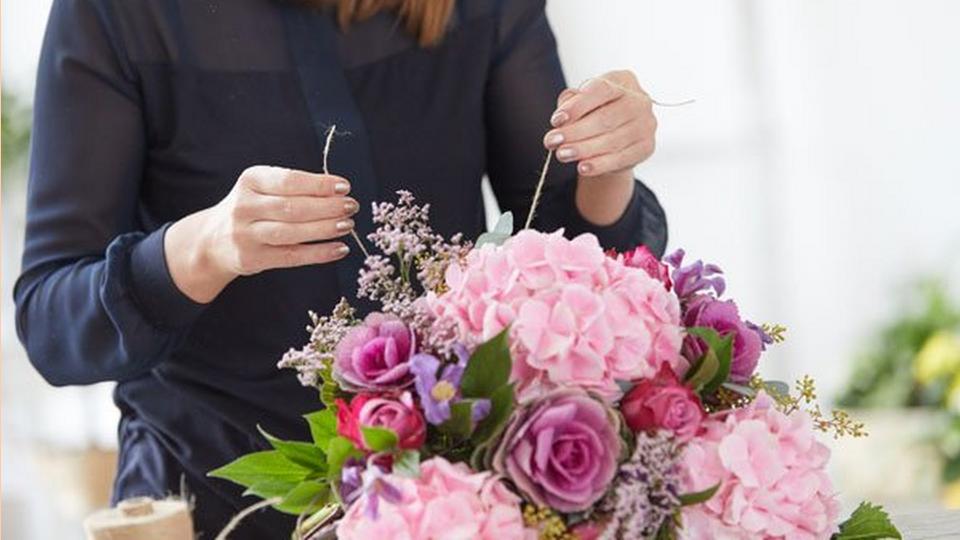Iris: Your Ultimate Flower Guide
IRIS FLOWER MEANING
Iris flowers mean eloquence, faith, wisdom and hope. This is because they signal the start of spring, and the new life and beginnings it brings.
Interestingly, iris in Greek means “rainbow”, a nod perhaps to the wide range of vibrant colours irises come in. From white and yellow to deepest purple, there are so many different colour varieties of iris and each one carries its own specific meaning:
Purple Iris
Blue Iris
Yellow Iris
White Iris
IRIS MYTHOLOGY
In Greek mythology, Iris was the messenger of the Gods, who, clothed in a cloak of raindrops, communicated via a rainbow, the bridge between Heaven and Earth.
This is why the iris flower is said to mean communication and eloquence. It’s also worth noting that the Greek word eiris means “messenger” which could also be where the flower gets its name
A FEW FACTS ABOUT IRIS FLOWERS
These beautiful flowers are quite interesting too. Here’s a few things you probably didn’t know about Iris:
-
Irises represent 25 years of marriage.
-
The fleur-de-lis was modelled on the iris flower and was the symbol of the French monarchy.
-
The red fleur-de-lis has been the emblem of Florence since the 11th century.
-
Ancient Egyptians treasured iris flowers, there is even one carved on the sphinx of Giza.
-
The juice of iris roots has been used cosmetically to remove freckles.
-
In ancient times iris root was used in perfumes and simple medicines.
-
The purple iris is the Tennessee state flower.
TYPES OF IRIS
There are over 250 varieties of iris, and they come in an array of colours - blue, purple, yellow, white, pink, orange, brown, red and even black - but the most common and well-known colour is purple.
Irises are fairly easy to grow and come from either a rhizome (tubular underground roots) or a single bulb (bulbous).
Rhizome Irises
These irises have thickened roots that grow horizontally underground (very close to the surface). Well-known rhizome irises are the bearded iris, beardless iris and crested iris. Beardless and crested irises are considered to be very similar and are often grouped together.
Bearded Irises
Beardless Irises
Crested Irises
Bulbous Irises
IRIS CARE TIPS
As Iris are such wonderful flowers, you’ll want them to last as long as possible. Here’s how to get the most from your Iris flowers:
-
Remove any foliage that will be under the waterline in the vase - this prevents the build-up of bacteria in the water. It also prevents any foliage under the water drinking too much water before the iris flowers.
-
Add any flower food to the water as per the packet instructions.
-
Cut about 3-4 cm from the stems, make sure you do this at an angle as this improves the water uptake of the flowers.
-
Irises do best in moderate temperatures so place them in a room that isn’t too hot or cold. Keep them out of direct sunlight and heat sources.
-
Change the water once it starts to look cloudy and re-trim the stems for increased longevity.
-
Keep an eye on the water level as irises are very thirsty flowers.
-
Note Irises are toxic to cats so make sure you place them out of reach of your furry friends.
COMMON QUESTIONS ABOUT IRISES
What do iris bulbs look like?
Iris bulbs are often referred to as rhizomes, and they look like long, thin potatoes with roots attached.
When do iris flowers bloom?
Irises are hardy perennial flowers that will come back each year. They flower any time from late winter to early spring.
When are iris flowers available?
Iris flowers are in season from April to June and cut iris flowers can be obtained all year. Take care when using irises in warmer months because they don’t last long in the heat.
What is a water iris?
A water iris is a pond plant that is great for adding a bit of colour and keeping the water clear. Water irises need to be added to very shallow water (less than 5cm - 2in) and mud.
What do iris bulbs look like?
Iris bulbs are often referred to as rhizomes, and they look like long, thin potatoes with roots attached.
How do I plant irises?
Irises are the perfect addition to any garden, these hardy plants attract butterflies and hummingbirds and will come back every year for you to enjoy.
Tip: You can plant irises in pots and keep them indoors. Just make sure you place them on a sunny windowsill.
When: Plant iris rhizomes in August and September and make sure their roots are partially exposed so they get baked by the summer sun - ready for next year’s flowers.
Where: Irises do well in both full and partial sunlight. Just make sure they have at least half a day of sunlight and be careful not to shade your irises with other plants (especially bearded irises).
How: Grow your irises in garden soil that is moist and well-drained. Irises prefer neutral, fertilized soil to anything acidic.
Sowing: Don’t plant rhizomes too close together as this will lead to overcrowding and will mean fewer flowers. Dig a shallow hole about 25cm (10 inches) wide and about 10cm (4 inches) deep. Make a ridge of soil in the middle and place your rhizome on top, then spread the roots down each side. Now cover the roots on each side with soil and pat it down firmly and gently. Be sure to keep the main rhizome exposed and water thoroughly.
Care: Deadhead your irises using shears and remove any whole spent stems. In late summer remove any withered leaves.



